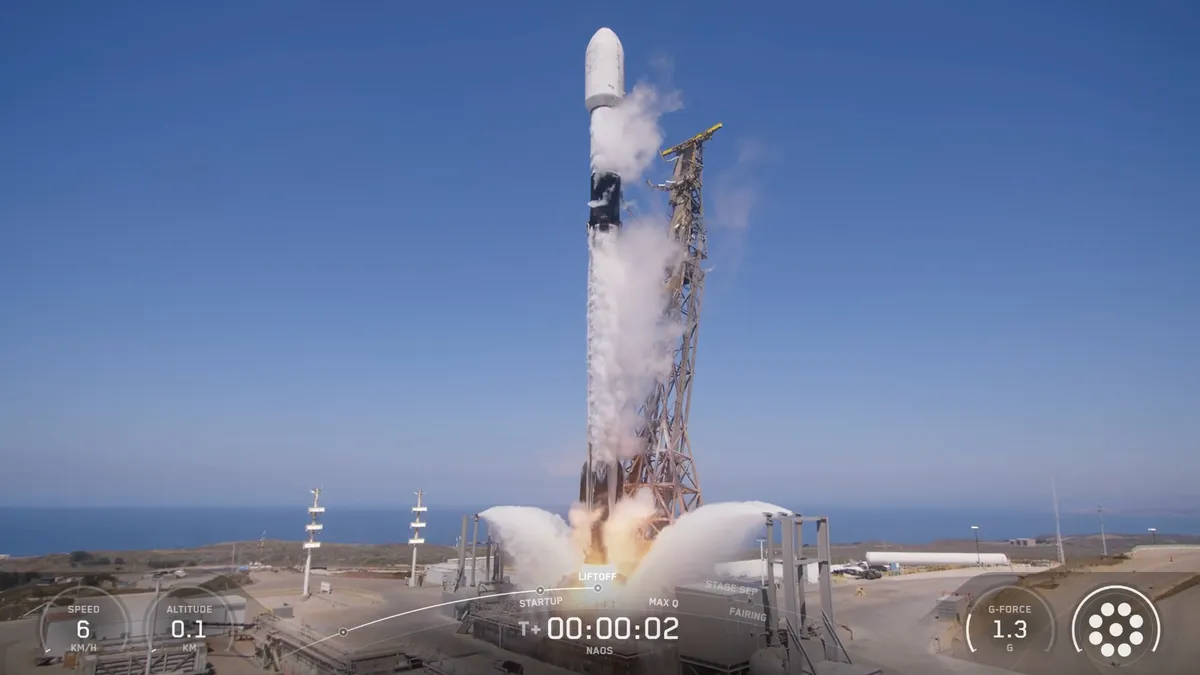
On Tuesday, August 26, SpaceX achieved another milestone in space exploration by successfully launching a new Earth-observation satellite along with several smaller spacecraft from California. The launch took place at 2:53 p.m. EDT (1853 GMT or 11:53 a.m. PDT local) from the renowned Space Launch Complex 4 East at Vandenberg Space Force Base.
The mission was carried out using the Falcon 9 rocket, which prominently featured Luxembourg's National Advanced Optical System (NAOS) spacecraft. NAOS, developed by OHB Italia for Luxembourg, marks a significant addition to the realm of satellite technology. The launch not only showcased NAOS but also included a variety of smaller satellites designed for different purposes.
In addition to NAOS, the Falcon 9 rocket was tasked with carrying several small satellites, including those from Dhruva Space (LEAP-1), Planet (Pelican-3 and Pelican-4), and Exolaunch (Capella's Acadia-6 and Pixxel's FFLY-1, FFLY-2, and FFLY-3). NAOS was successfully deployed approximately 12 minutes into the flight, with the Pelican satellites following shortly afterward.
The remaining secondary payloads, which include advanced technologies and observation capabilities, are scheduled for deployment around 69 minutes after the launch. LEAP-1, or Launching Expeditions for Aspiring Payloads-1, features two demonstrations: an advanced artificial intelligence (AI) module and a state-of-the-art hyperspectral imager.
The Pelican satellites are set to enhance Planet's existing Earth-imaging constellation, contributing valuable data for environmental monitoring and research. Similarly, the Acadia and FFLY nanosatellites serve as commercial observation platforms, with Acadia employing synthetic aperture radar technology and the FFLY satellites utilizing high-frequency hyperspectral imaging for advanced data collection.
In a testament to SpaceX's engineering prowess, the Falcon 9's first stage successfully landed back at Landing Zone-4 (LZ-4) at Vandenberg approximately eight minutes post-launch, completing its mission as planned. This launch marked the booster’s (B1063) 27th recovery, bringing it just two short of SpaceX's impressive reuse record.
This mission represents SpaceX's 104th Falcon 9 mission of 2025, and it adds to the impressive history of the Falcon 9, which has now completed a total of 522 launches since its inception in 2010. SpaceX continues to break barriers and set new standards in the field of aerospace technology, reinforcing its position as a leader in satellite deployment and space exploration.